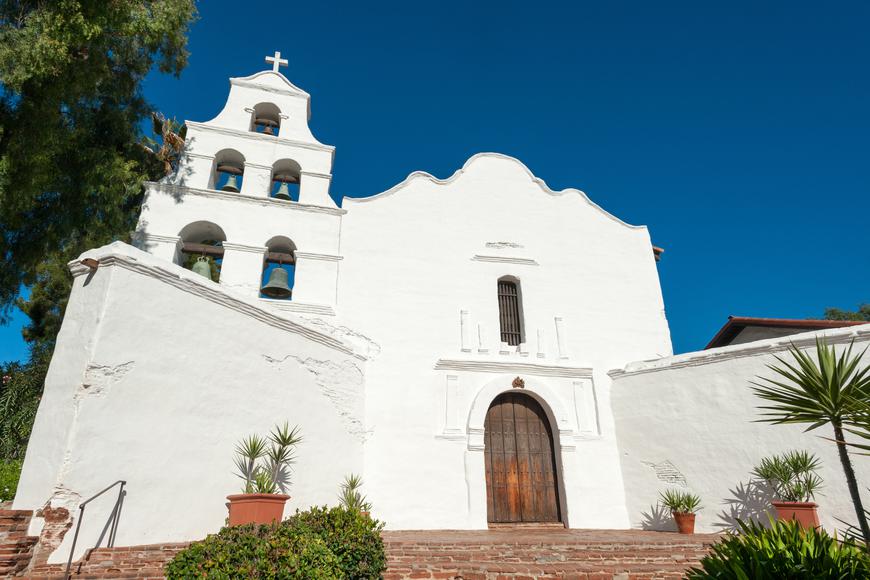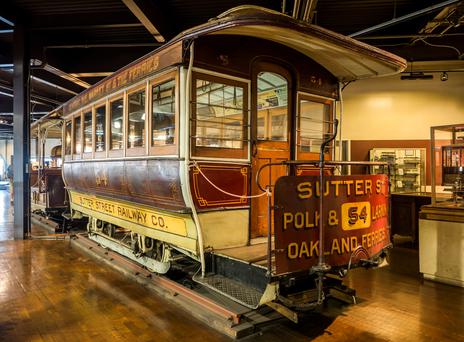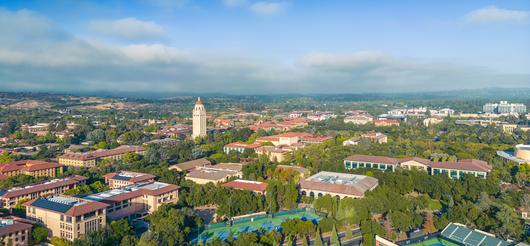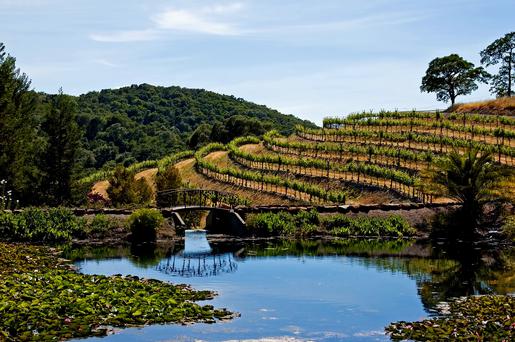San Diego de Alcalá, the first of California’s 21 missions, stands as a symbol of the state's rich colonial history. Founded on July 16, 1769, by Spanish Franciscan friar Junípero Serra, it marks the birthplace of Christianity in the far West. It is not only an emblem of historical significance but also a testament to cultural exchange, architectural innovation, and the resilience of faith throughout the ages.
The Historical Tapestry of Mission San Diego
Located in present-day San Diego, the mission's early days were fraught with difficulty. Initially greeted with suspicion, the Spanish missionaries worked to foster relationships with the local Kumeyaay people. The mission's role was part of a broader Spanish strategy to consolidate their presence in Alta California, primarily to counter the encroaching Russian interest from the north.
In its nascent stages, the mission was relocated several times due to conflicts and resource scarcity. Its history was marred by challenges including rebellions and natural disasters. Despite these setbacks, San Diego de Alcalá persevered, serving as a center for agricultural development, education, and cultural integration.
Throughout the 19th century, the mission system underwent secularization, which dramatically altered its role and structure. Post-secularization, the once thriving mission fell into disrepair. However, the latter part of the 19th century saw the beginnings of restoration efforts that continued into the 20th century, highlighting a new appreciation for its cultural and historical value.
Today, the restored mission complex invites visitors to step back in time. Its museum houses artifacts that showcase the daily life of its inhabitants, religious artifacts, and exhibits on the mission’s restoration. The preserved church remains an active parish, where visitors can attend services or simply reflect on the enduring nature of this historic site.






